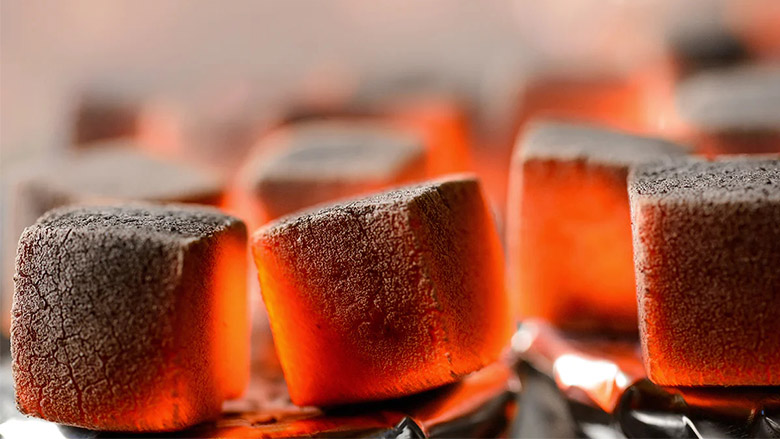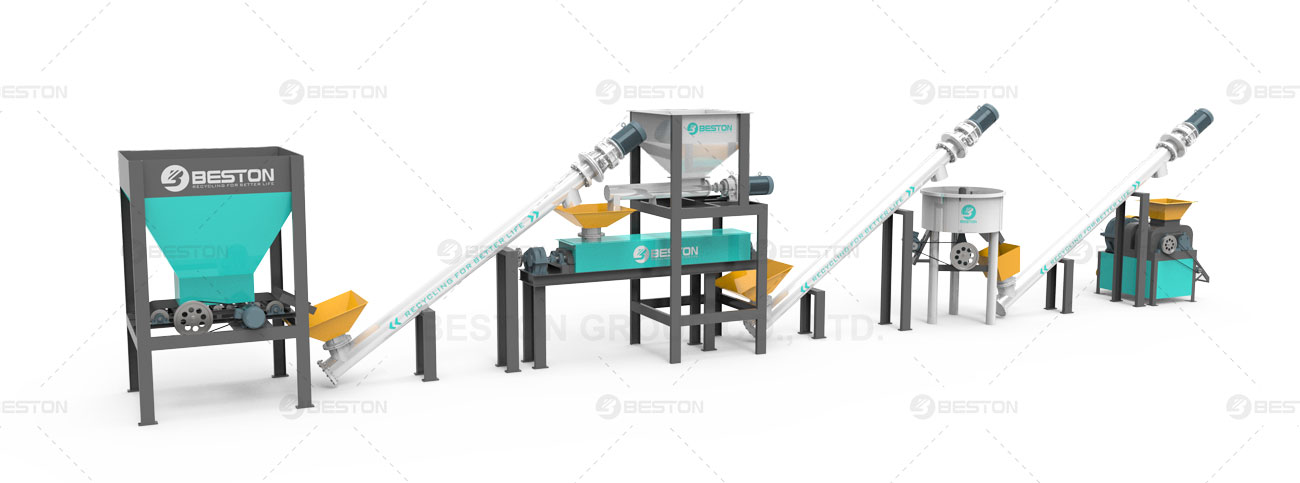Shisha charcoal, also known as hookah charcoal, holds a prominent place in the world of social gatherings and leisure activities. Its popularity stems from its clean burn, long-lasting properties, and the flavorful experience it offers to shisha enthusiasts. In this detailed guide, we’ll delve into the intricate process of making shisha charcoal, exploring the equipment, materials, and techniques involved in producing this beloved commodity.

Understanding Shisha Charcoal Production
The art of making shisha charcoal involves transforming raw materials, typically coconut shell or bamboo, into compact, high-density charcoal briquettes suitable for use in hookahs or water pipes. The process requires precision, attention to detail, and specialized equipment such as a shisha charcoal maker machine or charcoal briquette making machine.
Key Components of a Shisha Charcoal Making Machine
- Charcoal Crusher: Breaks down raw materials into smaller particles suitable for carbonization.
- Carbonization Furnace: Heats the raw material to high temperatures in an oxygen-limited environment, converting it into charcoal.
- Charcoal Briquette Machine: Compresses the charcoal powder into briquettes of uniform shape and size.
- Drying Oven: Removes excess moisture from the briquettes to improve combustion efficiency and storage stability.
- Cooling System: Cools the briquettes after drying to prevent deformation and ensure quality.
Step-by-Step Process of Making Shisha Charcoal
1. Raw Material Preparation
The first step in shisha charcoal making machine is preparing the raw materials. Coconut shells or bamboo are selected for their high carbon content and low ash content, ensuring clean burning and minimal residue. The raw materials are cleaned, sorted, and crushed into small pieces using a charcoal crusher.
2. Carbonization
Once the raw materials are prepared, they undergo carbonization in a controlled environment. The carbonization furnace heats the raw material to high temperatures in the absence of oxygen, converting it into charcoal through a process known as pyrolysis. This process removes volatile components and impurities, leaving behind pure carbon.
3. Briquette Formation
After carbonization, the charcoal is pulverized into fine powder using a milling machine. The charcoal powder is then fed into a charcoal briquette machine, where it is compressed under high pressure into uniform briquettes. The machine’s die determines the shape and size of the briquettes, which are typically cylindrical or cube-shaped.
4. Drying
The freshly formed briquettes contain residual moisture from the compression process and must be dried to improve combustion efficiency and shelf life. The briquettes are transferred to a drying oven, where they are subjected to controlled heat and airflow until the moisture content is reduced to the desired level.
5. Cooling and Packaging
Once dried, the shisha charcoal briquettes are cooled to room temperature using a specialized cooling system. This prevents deformation and ensures the structural integrity of the briquettes. Finally, the briquettes are packaged in airtight containers or bags to preserve their quality and prevent moisture absorption.
Factors Affecting Shisha Charcoal Quality
1. Raw Material Quality
The quality of the raw materials used in shisha charcoal production significantly impacts the quality of the final product. High-quality coconut shells or bamboo with consistent properties ensure clean burning, minimal ash production, and a pleasant smoking experience for consumers.
2. Carbonization Temperature and Time
The temperature and duration of the carbonization process play a crucial role in determining the charcoal’s quality and characteristics. Optimal carbonization conditions ensure complete conversion of the raw material into charcoal while minimizing the loss of volatile components and impurities. Therefore, machines with reliable quality are particularly important. You can contact Beston Group, a professional charcoal making machine manufacturer, welcome to visit: https://bestonmachinery.com/

3. Briquette Compression Pressure
The pressure applied during the briquette compression process affects the density, hardness, and combustion properties of the shisha charcoal briquettes. Proper adjustment of the compression pressure ensures uniformity and consistency in briquette quality, preventing defects such as cracking or crumbling during use.
4. Drying Conditions
Effective drying is essential for removing excess moisture from the briquettes and enhancing their combustion efficiency and shelf life. Proper temperature, airflow, and drying time in the drying oven ensure thorough drying without causing damage or deformation to the briquettes.
Market Prospects and Opportunities
The demand for shisha charcoal continues to grow globally, driven by the rising popularity of hookah smoking culture and the increasing adoption of shisha lounges and cafes. As consumers seek cleaner, healthier alternatives to traditional charcoal products, the market for high-quality shisha charcoal produced using advanced shisha charcoal making machine presents lucrative opportunities for manufacturers and investors alike.
Conclusion
In conclusion, making shisha charcoal is a meticulous process that requires precision, expertise, and specialized equipment. By following the steps outlined in this guide and paying attention to factors affecting charcoal quality, manufacturers can produce high-quality shisha charcoal briquettes that meet consumer expectations and market demands. With the right investments and strategic positioning, stakeholders in the shisha charcoal industry can capitalize on the growing market opportunities and establish themselves as leaders in this thriving sector.